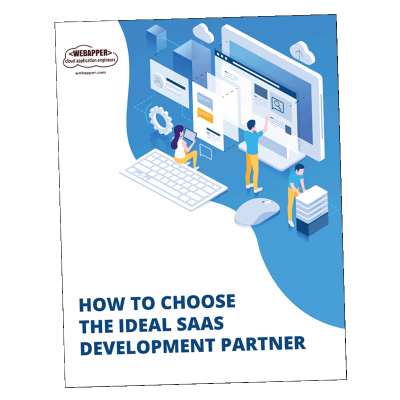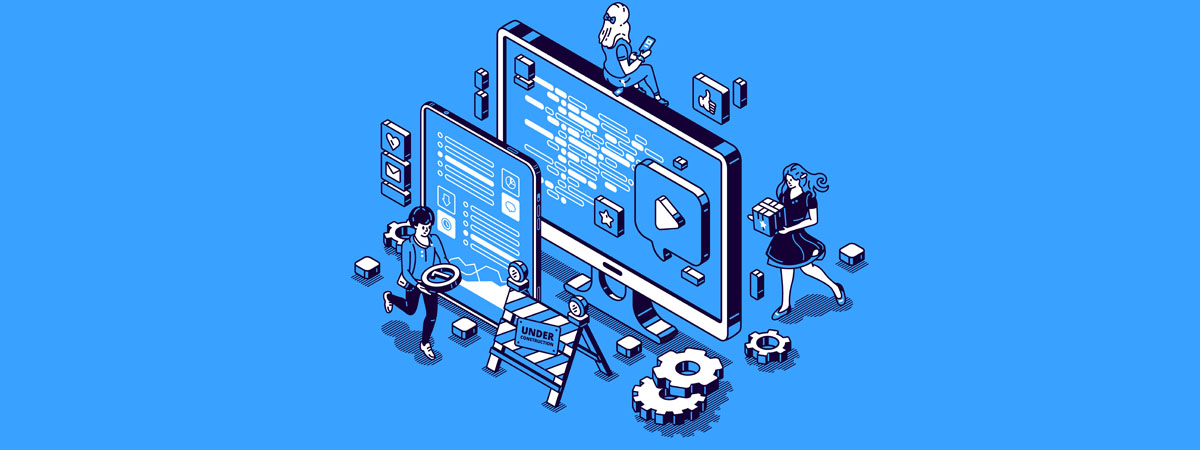The Hidden Cost of Legacy Platforms in SaaS
In SaaS, technical debt lurks beneath the surface of many successful platforms, particularly those built on legacy technologies. This invisible burden represents the accumulated cost of choosing expedient solutions over optimal ones – and understanding and managing this debt is crucial for long-term success.
The True Cost of Technical Debt
When your SaaS business is built on aging technology, technical debt manifests in multiple ways. Development cycles become increasingly lengthy as engineers navigate complex, outdated codebases. Maintenance costs rise exponentially as more resources are dedicated to keeping systems operational rather than driving innovation. Perhaps most concerning is the competitive disadvantage that emerges when newer, more agile competitors can deploy features at a fraction of your time and cost. Recent industry research suggests that technical debt consumes 20-40% of the average IT budget. For SaaS companies operating on legacy platforms, this figure often skews toward the higher end.
Strategies for Managing Technical Debt
While completely eliminating technical debt may be unrealistic, several strategies can help SaaS organizations effectively manage and reduce it…
1. Implement a Technical Debt Inventory System
The first step in addressing technical debt is making it visible. Create a comprehensive inventory that categorizes different types of debt.
- Architectural debt
Fundamental design limitations in your platform - Code debt
Poor quality or outdated programming practices - Infrastructure debt
Aging hardware or outdated deployment methods - Documentation debt
Missing or outdated system documentation
This inventory should be reviewed quarterly, with each item assigned both a business impact score and an estimated remediation cost.
2. Adopt the “Scouts Rule” Across Your Organization
Instill a culture where developers leave code better than they found it. This incremental approach ensures that technical debt is continuously addressed during regular development work. Encourage teams to allocate 10-15% of their sprint capacity to debt reduction, focusing on areas that most directly impact customer experience or operational efficiency.
3. Strategically Prioritize Debt Reduction
Not all technical debt is created equal. Prioritize addressing debt that:
- Creates security vulnerabilities
- Directly impacts customer-facing performance
- Blocks important new features
- Significantly increases operational costs
Use a weighted scoring system that balances business value against remediation effort to ensure resources are allocated effectively.
4. Leverage Modernization Patterns
For legacy SaaS platforms, consider implementing modernization patterns like:
- Strangler pattern
Gradually replacing legacy components with modern services - API façade
Building modern APIs in front of legacy systems - Parallel implementation
Running new and old systems simultaneously during migration
These approaches allow for incremental improvements while maintaining service levels for existing customers.
5. Invest in Automated Testing
One of the biggest challenges in addressing technical debt is the fear of breaking existing functionality. Build comprehensive automated test suites that provide confidence when refactoring legacy code. While this requires upfront investment, it dramatically reduces the risk and long-term cost of modernization. If you haven’t read The DevOps Handbook, do yourself a favor!
Balancing Debt Reduction and Growth with Legacy Platforms in SaaS
The key for SaaS executives is finding the right balance between addressing technical debt and continuing to deliver customer value. Allocate a consistent percentage of your engineering resources (typically 20-30%) to debt reduction, and communicate this investment to stakeholders in terms of improved delivery velocity, reduced operational costs, and enhanced platform stability. Technical debt is not just an engineering problem – it’s a business problem that requires executive sponsorship and strategic thinking. By systematically addressing this hidden cost, you can ensure your SaaS platform remains competitive and sustainable, even as the technology landscape continues to evolve.
Need SaaS Application Development Guidance?



Leave A Comment